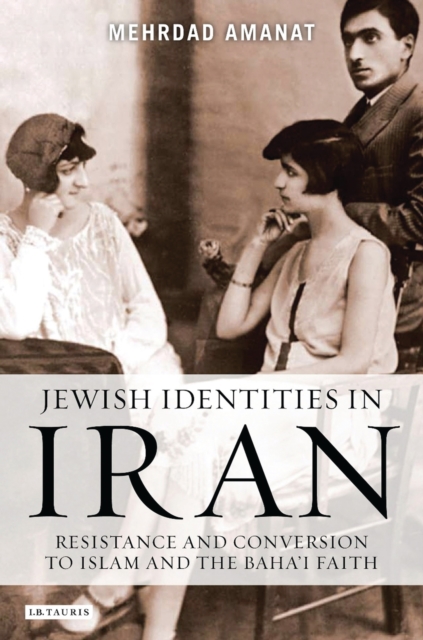
Jewish Identities in Iran : Resistance and Conversion to Islam and the Baha'i Faith PDF
by Mehrdad Amanat
Description
The nineteenth century was a time of significant global socioeconomic change, and Persian Jews, like other Iranians, were deeply affected by its challenges.
For minority faith groups living in nineteenth-century Iran, religious conversion to Islam - both voluntary and involuntary - was the primary means of social integration and assimilation.
However, why was it that some Persian Jews, who had for centuries resisted the relative security of Islam, instead embraced the Baha'i Faith - which was subject to harsher persecution that Judaism?
Baha'ism emerged from the messianic Babi movement in the mid-nineteenth century and attracted large numbers of mostly Muslim converts, and its ecumenical message appealed to many Iranian Jews.
Many converts adopted fluid, multiple religious identities, revealing an alternative to the widely accepted notion of religious experience as an oppressive, rigidly dogmatic and consistently divisive social force. Mehrdad Amanat explores the conversion experiences of Jewish families during this time.
Many converted sporadically to Islam, although not always voluntarily.
The most notorious case of forced mass-conversion in modern times occurred in Mashhad in 1839 when, in response to an organized attack, the entire Jewish community converted to Shi'i Islam.
A contrast is offered by a Tehran Jewish family of court physicians who nominally converted to Islam and yet continued to openly observe Jewish rituals while also remaining intellectually sympathetic to Baha'ism.
Many petty merchants and pedlars, in a position to benefit from Iran's expanding market, migrated from ancient communities to thriving trade centres which proved fertile grounds for the spread of new ideas and, often, conversion to Christianity or Baha'ism. This is an important scholarly contribution which also provides a fascinating insight into the personal experiences of Jewish families living in nineteenth-century Iran.
Information
-
Download - Immediately Available
- Format:PDF
- Pages:304 pages
- Publisher:Bloomsbury Publishing PLC
- Publication Date:30/04/2011
- Category:
- ISBN:9780857719928
Other Formats
- Paperback / softback from £26.99
Information
-
Download - Immediately Available
- Format:PDF
- Pages:304 pages
- Publisher:Bloomsbury Publishing PLC
- Publication Date:30/04/2011
- Category:
- ISBN:9780857719928






